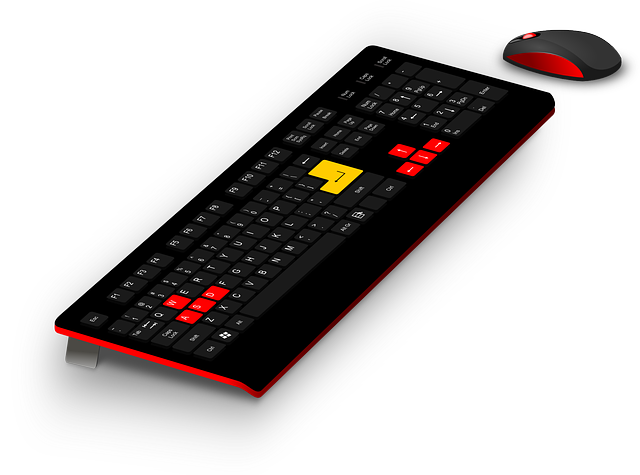Why Keys Are Random in Keyboard
Understanding the Science Behind Keyboard Layouts.
If you’re reading this, you’re likely using a keyboard to do so.
But have you ever stopped to wonder why the keys on your keyboard are arranged the way they are?
Why are the letters not in alphabetical order, for example, or why are some keys seemingly placed at random?
In this blog post, we’ll explore the science behind keyboard layouts and answer the question of why keys are random in keyboards.
The Evolution of Keyboard Layouts
To understand the reasoning behind keyboard layouts, it’s important to understand their evolution.
The modern keyboard, which uses a QWERTY layout, was first designed in the 1870s by Christopher Latham Sholes, who was looking to create a more efficient typewriter.
At the time, typewriters had a problem: their keys would frequently jam if the typist typed too quickly.
Sholes’ solution was to create a layout that separated commonly used letter pairs (such as “th” and “er”) to reduce the likelihood of jams.
The QWERTY layout caught on and became the standard for typewriters and later for computer keyboards.
However, there are other keyboard layouts in existence, such as the Dvorak Simplified Keyboard and the Colemak Keyboard.
These alternative layouts were designed to be more efficient than QWERTY and have been shown to improve typing speed and reduce finger fatigue.
The Science of Keyboard Layouts
So, why are keys seemingly arranged at random on keyboards?
The answer lies in the science of keyboard layouts.
Keyboard designers have to balance a number of factors when designing a layout, including efficiency, ease of use, and user preferences.
The goal is to create a layout that maximizes typing speed while minimizing finger fatigue.
One factor that influences keyboard layout is the frequency of letters and characters in the language being typed.
For example, in English, the letters “e,” “t,” “a,” and “o” are the most commonly used letters, so they are placed in easy-to-reach positions on the keyboard.
The less frequently used letters, such as “q” and “z,” are placed in more out-of-the-way positions.
Another factor that influences keyboard layout is the biomechanics of typing.
Typing involves a complex interplay between the fingers, hands, and wrists, and the position of the keys can affect the typing motion.
Keyboard designers must consider the most comfortable and efficient positions for the fingers and hands to minimize the risk of injury.
The Role of Randomness
So, why are some keys seemingly placed at random on keyboards?
The answer is that randomness can actually improve typing efficiency.
By placing keys in seemingly random positions, keyboard designers can force users to use different fingers and hand positions, which can reduce finger fatigue and improve typing speed.
Randomness also makes it more difficult for touch typists to rely on muscle memory and encourages them to actively think about the position of each key.
One example of this is the placement of the “Q” key in the QWERTY layout.
The “Q” key is located in the top left corner of the keyboard, far away from the other commonly used letters.
This placement forces users to use their weaker pinky finger to type the “Q” key, which can actually improve finger dexterity and reduce the risk of repetitive strain injuries.
The Role of User Preference
While efficiency and biomechanics are important factors in keyboard design, user preference also plays a role.
Some users may prefer certain layouts, such as the Dvorak Simplified Keyboard or the Colemak Keyboard, because they find them more efficient or comfortable.
However, the QWERTY layout remains the standard for computer keyboards because it is the most widely recognized and familiar layout.
Conclusion
To summarize, the seemingly random placement of keys on keyboards is actually the result of careful consideration of factors such as letter frequency, biomechanics, and user preference.
While alternative layouts such as the Dvorak Simplified Keyboard and Colemak Keyboard exist, the QWERTY layout remains the standard for computer keyboards due to its familiarity and widespread adoption.
So the next time you type on a keyboard, take a moment to appreciate the thought and science that went into its design.
